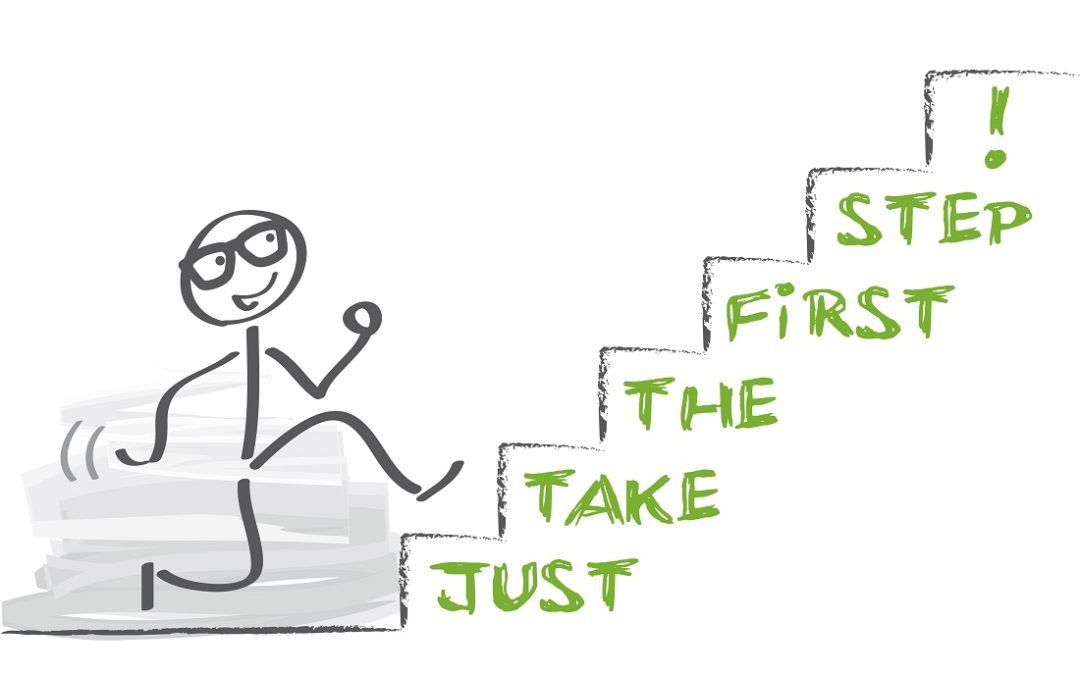In the first article of the series around the topic of change, we looked at “Continuous Change Processes”. https://www.coverdale.at/en/continuous-improvement-process-cip/
In this article, we will focus on the topic of “classic Change Management”.
Definition of terms:
We define change management as change processes with a relatively clearly defined goal. In most cases, these initiatives are initiated by management and implemented with more or less employee participation. As a rule, they do not aim at a complete change of the organisation.
Classic change models:
If we look at the topic of change from the perspective of classic change management, there are several well-known models. To name just two examples: Levine’s model and Kotter’s model. Both models were developed at a time when a change was very often seen as a violent change in an otherwise stable environment. In most cases, management’s change was “prescribed” and implemented by employees with more or less resistance.
These approaches to change management are, in our view, quite outdated. The most significant changes to the view of the classical change approaches are:
- Change no longer comes only “from above”.
- Complexity requires an experimental attitude, fast cyclical working, and the willingness to drop ideas that are not sustainable quickly.
- Significant changes usually result in organisations not looking the same at the end of the shift. In these cases, we speak of transformation.
Modern approaches to managing change:
Change processes are no longer the exception in organisations but are often permanent conditions. The initiators of change no longer necessarily have to come from top management, organisational units, individual teams, or leaders who can steer change processes.
The more significant the imminent change, the more critical it is to ensure a high level of employee participation. On the one hand, it is essential to proceed in a structured way to provide orientation to the employees; on the other hand, a high degree of flexibility is required to adapt the process continuously and react constructively to acute influences – to view these as opportunities rather than disruptions.
- The initialisation of a change: The client does not necessarily have to be top management. A coalition of those in favour of the change can also be successful, especially in organisations with a certain degree of self-organisation, e.g. in the form of agile collaboration settings.
The group that will steer the entire process should take time to grow together as a team, to develop a shared vision, and to plan the methods and the Change Architecture:
- A cyclical approach, focusing on the one hand on the outcome, is envisioned for each step. On the other hand, managing the change should ensure that it is possible to react quickly to sudden influences and changes in the framework conditions.
- In the next step, it is essential winning fellow campaigners in the organisation who want to participate in the implementation and benefit from it. Convinced supporters are the best advertising there is. They can help inform colleagues in their environment about the upcoming initiative and make the opportunities for participation visible. The more transparent this process is, the better.
- As soon as the change train starts rolling, the first measures are implemented. The faster you can “see” and “grasp” the change, the quicker you can determine what is working and what is not. The faster action is reflected, the faster small adjustments can be made to correct the path.
- The clearer the direction is, the more precise the goal becomes, the more stable planning and execution can be. Although volatility is likely to decrease as the project progresses and fewer and fewer course corrections will be required, it is essential to continue to work cyclically during the “implementation phase” to continue learning and developing.
- Usually, the end of a significant change initiative is already the beginning of a new change; however, a team already has shared experiences and has developed practices to deal constructively with change situations.
Life is change,
If you don’t change,
will also lose
Gustav Walter Heinemann
(1899 – 1976)


Recent Comments